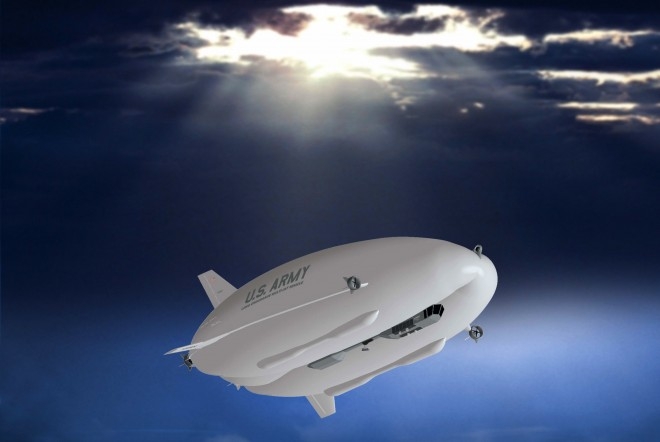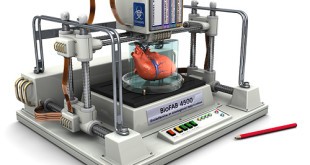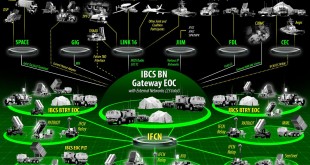Airship is a type of lighter-than-air aircraft which can navigate through the air under its own power. They are different from Aerostats that gain their lift from large gas bags filled with a lifting gas that is less dense than the surrounding air. Historically, airships have been used in applications …
Read More »Graphical Processing units (GPUs) responsible for success of Deep Neural networks (DNN) in Aerospace and Defense
Deep Neural networks (DNN) or large virtual networks of simple information-processing units, which are loosely modeled on the anatomy of the human brain have been responsible for many exciting advances in artificial intelligence in recent years. The deep learning (DL) algorithms allow high-level abstraction from the data, and this is helpful for …
Read More »“3D Bioprinting” or “bioprinting” promise Human organs and tissues, for medical use in harsh military environments
In the UK, there are some 7,000 people on the list who are in dire need of organ transplants and In the US, the number awaiting transplant is around 120,000, with 20 dying each day for want of an organ. There is a large and growing need for an alternative to …
Read More »DARPA ERI developing breakthrough U.S. national electronics capability for DOD missions to secure its national security
In 1965 R&D Director at Fairchild (and later Intel co-founder) Gordon Moore predicted continued systemic declines in cost and increase in performance of integrated circuits in his paper “Cramming more components onto integrated circuits.” These trends have underwritten the ongoing microelectronics revolution. “Moore’s Law has set the technology community on a …
Read More »India’s Smart and Comprehensive Integrated Border Management (CIBMS) to guard its long, difficult and porous borders
The long, porous and difficult borders have created the security challenges of illegal immigration, cross border terrorism, narcotics and arms smuggling, abetment of separatists and left -wing extremism and separatist movements aided by external powers. Pakistan policy of supporting cross border terrorism has led to constant border skirmishes along the …
Read More »Swarm of nanorobots kill cancer cells, deliver drugs to target tissues, and improve vaccines
We are on the verge of new transitions that will transform robotics. One is already underway—the miniaturization of robots, to the point where invisible, microscopic robots could be around us and inside us, performing monitoring or even life-saving functions. We have seen systematic bio-inspired efforts to create microbe-like, microscopic robots. …
Read More »US Army’s Digital Transformation Strategy
The U.S. Army defends and serves our nation by land, sea, and air, protecting our nation’s most vital interests. Today that mission requires new, innovative capabilities to enable national security and defense strategies, primarily because the modern battlespace has adversaries waging information-technology wars. Therefore, the Army’s modernization strategy identified …
Read More »Directed Energy Weapons technology and Market trends
Directed energy refers to a technology that produces a beam of concentrated electromagnetic energy, including microwaves, radio waves, lasers, and particle beams. Some of the common product variants include high-energy laser weapons, high-power radiofrequency or microwave devices, and charged or neutral particle beam weapons. These weapons offer numerous benefits over conventional …
Read More »Integrated Air and Missile Defense (IAMD) Battle Command System (IBCS) for countering Air, Missile and Hypersonic threats
Militaries around the world are increasingly facing a formidable strategic and threat environment in terms of complexity, lethality, range, sophistication, and number of threats. These range from Fifth-generation stealth fighters, cruise and ballistic missile and unmanned air vehicle technology that are becoming widely proliferated to become more accessible to emerging …
Read More »Militaries implementing green initiative to counter threat of Climate change
From fighter jets to lumbering aircraft carriers, the armed forces produce substantial emissions: the estimated 59 million metric tonnes of CO2 the US Department of Defense emits each year is more than the annual emissions of many European countries. In the UK, the Ministry of Defence is responsible for around …
Read More » International Defense Security & Technology Your trusted Source for News, Research and Analysis
International Defense Security & Technology Your trusted Source for News, Research and Analysis








